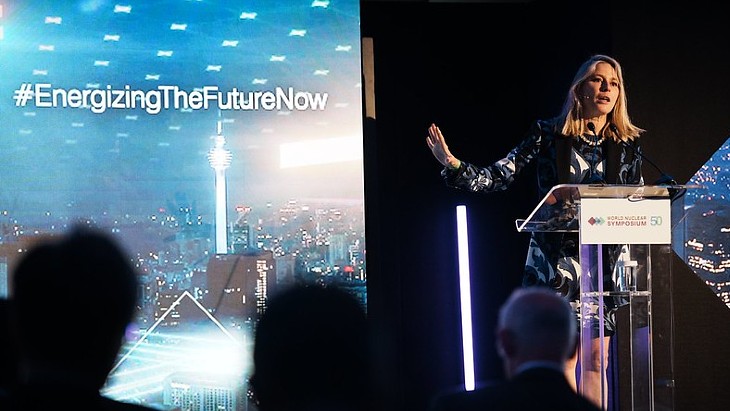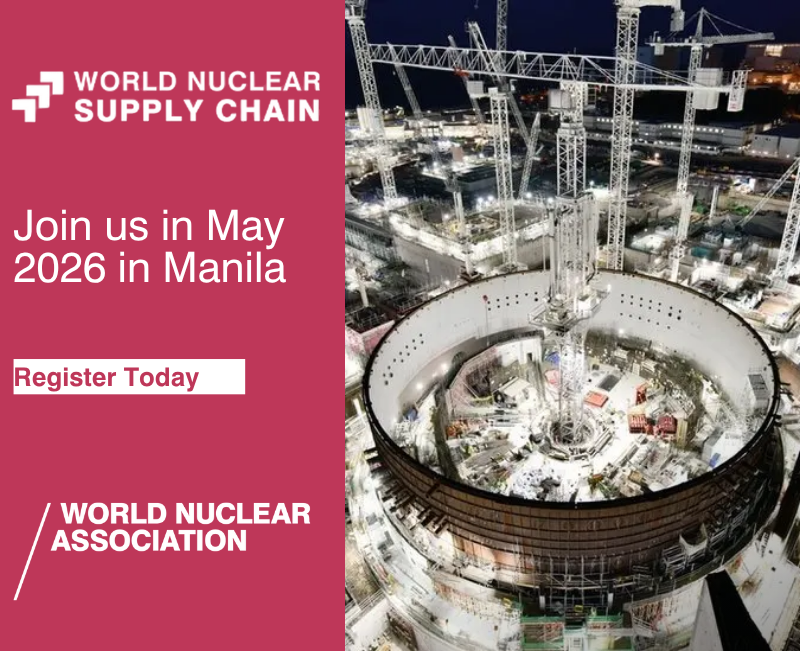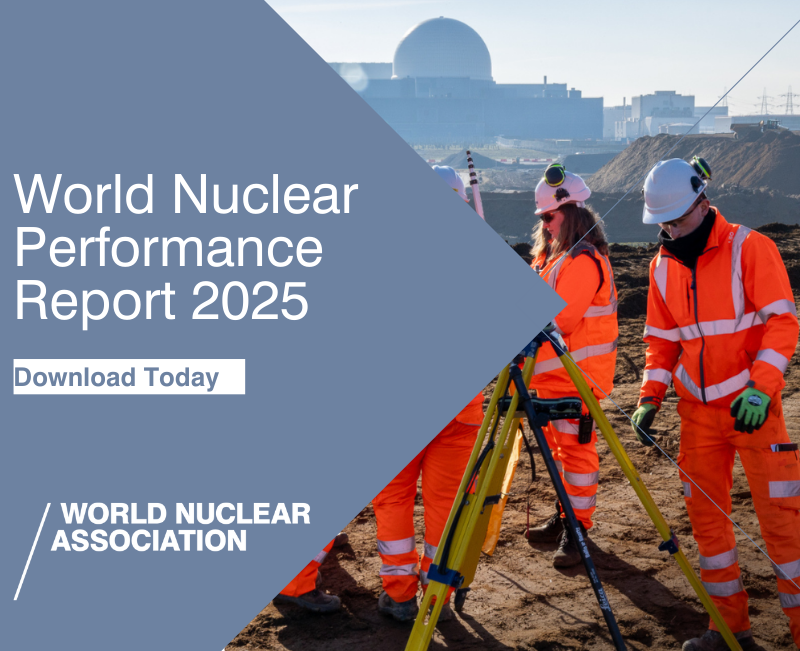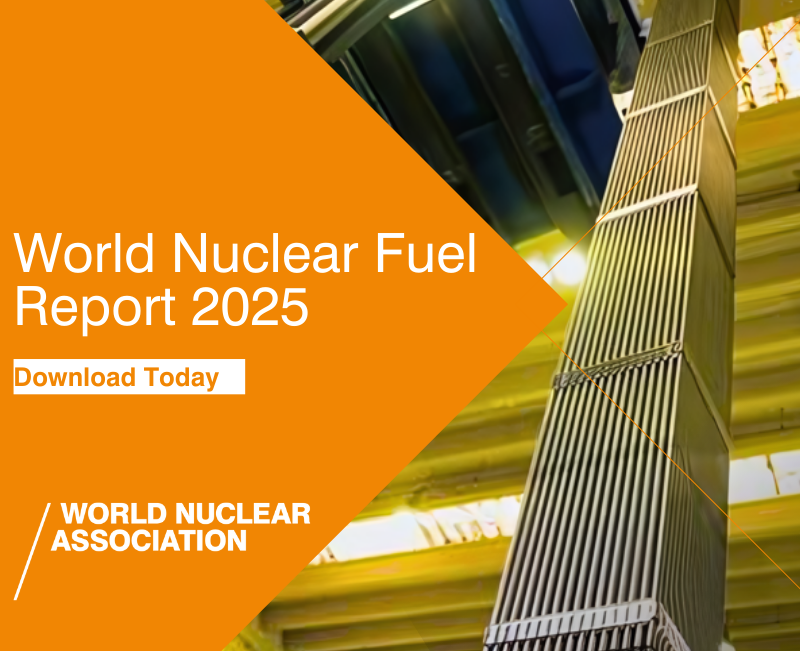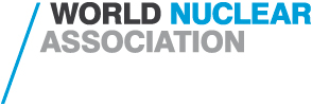The aim is to increase US nuclear energy capacity from 100GW to 400GW by 2050, including the Department of Energy (DOE) prioritising work "with the nuclear energy industry to facilitate 5 gigawatt of power uprates to existing nuclear reactors and have 10 new large reactors with complete designs under construction by 2030".
Among the measures included are a reorganisation and cuts to the Nuclear Regulatory Commission and an order for licence decisions on the construction and operation of new reactors to be taken within a maximum 18 months.
The president was joined in the Oval Office on Friday afternoon for the announcements by representatives from the US nuclear industry and Secretary of the Interior Doug Burgum, who is Chairman of the National Energy Dominance Council, and Secretary of Defense Pete Hegseth.
A White House statement summarising the impact of the orders, said: "Today's executive orders allow for reactor design testing at DOE labs, clear the way for construction on federal lands to protect national and economic security, and remove regulatory barriers by requiring the Nuclear Regulatory Commission to issue timely licensing decisions."
'Reinvigorating the Nuclear Industrial Base'
The executive order Reinvigorating the Nuclear Industrial Base's purpose is described as: "The United States originally pioneered nuclear energy technology during a time of great peril. We now face a new set of challenges, including a global race to dominate in artificial intelligence, a growing need for energy independence, and access to uninterruptible power supplies for national security ... as American deployment of advanced reactor designs has waned, 87 percent of nuclear reactors installed worldwide since 2017 are based on designs from two foreign countries. At the same time, the Nation’s nuclear fuel cycle infrastructure has severely atrophied, leaving the United States heavily dependent on foreign sources of uranium as well as uranium enrichment and conversion services. These trends cannot continue.
"Swift and decisive action is required to jumpstart America’s nuclear energy industrial base and ensure our national and economic security by increasing fuel availability and production, securing civil nuclear supply chains, improving the efficiency with which advanced nuclear reactors are licensed, and preparing our workforce to establish America’s energy dominance and accelerate our path towards a more secure and independent energy future."
It aims to strengthen the domestic fuel cycle with a report required within 240 days to "recommended national policy to support the management of spent nuclear fuel and high-level waste and the development and deployment of advanced fuel cycle capabilities to establish a safe, secure, and sustainable long-term fuel cycle". This includes "recommendations for the efficient use of the uranium, plutonium, and other products recovered through recycling and reprocessing; recommendations for the efficient disposal of the wastes generated by recycling or reprocessing through a permanent disposal pathway; a recommended process for evaluating, prior to disposal, nuclear waste materials for isotopes of value to national security, or medical, industrial, and scientific sectors".
It also calls for a programme "to develop methods and technologies to transport, domestically and overseas, used and unused advanced nuclear fuels and advanced nuclear reactors containing such fuels in a safe, secure, and environmentally sound manner, including any legislation required to support this initiative" and within 120 days the Energy Secretary "shall develop a plan to expand domestic uranium conversion capacity and expand enrichment capabilities sufficient to meet projected civilian and defense reactor needs for low enriched uranium (LEU), high enriched uranium (HEU) and high assay, low enriched uranium (HALEU), subject to retention of such stockpiles as are necessary for tritium production, naval propulsion, and nuclear weapons".
There will also be an end to the general "surplus plutonium dilute and dispose" programme and instead a programme will be established to dispose of surplus plutonium by processing and making it available to industry in a form that can be utilised for the fabrication of fuel for advanced nuclear technologies, the order says.
There will also be energy-defence department work to "assess the feasibility of restarting or repurposing closed nuclear power plants as energy hubs for military microgrid support, consistent with applicable law, focusing initially on installations with insufficient power resilience or grid fragility".
There is also a section on expanding the nuclear energy workforce, saying that "within 120 days of the date of this order, the Secretary of Labor and the Secretary of Education shall seek to increase participation in nuclear energy-related Registered Apprenticeships and Career and Technical Education programs".
Reforming Nuclear Reactor Testing at the Department of Energy
The Reforming Nuclear Reactor Testing at the Department of Energy executive order says "commercial deployment of new nuclear technologies has all but stopped. The Idaho National Laboratory has principal responsibility for constructing and testing new reactor designs; it concluded construction of new reactors in the 1970s. Our proud history of innovation has succumbed to overregulated complacency".
It adds "the United States needs a reliable, diversified, and affordable supply of energy to drive development of advanced technologies, manufacturing, transportation, agriculture, and defense industries, and to sustain modern life and national security. Nuclear energy both is vital to this effort and has never held so much promise ... advanced reactors - including microreactors, small modular reactors, and Generation IV and Generation III+ reactors - have revolutionary potential. They will open a range of new applications to support data centers, microchip manufacturing, petrochemical production, healthcare, desalination, hydrogen production, and other industries".
It says that "within 90 days of the date of this order, the Secretary shall take appropriate action to revise the regulations, guidance, and procedures and practices of the Department, the National Laboratories, and any other entity under the Department’s jurisdiction to significantly expedite the review, approval, and deployment of advanced reactors under the Department’s jurisdiction. The Secretary shall ensure that the Department’s expedited procedures enable qualified test reactors to be safely operational at Department-owned or Department-controlled facilities within 2 years following the submission of a substantially complete application".
There will also be a pilot programme established for reactor construction and operation outside of the National Laboratories, with the goal of three reactors reaching criticality by 4 July 2026.
There will also be action taken "consistent with applicable law" to "use all available authorities to eliminate or expedite the Department’s environmental reviews for authorizations, permits, approvals, leases, and any other activity requested by an applicant or potential applicant".
Ordering the Reform of the Nuclear Regulatory Commission
The executive order Ordering the Reform of the Nuclear Regulatory Commission says that between 1954 and 1978 the US "authorised the construction of 133 since-completed civilian nuclear reactors at 81 plants. Since 1978, the Nuclear Regulatory Commission (NRC) has authorized only a fraction of that number; of these, only two reactors have entered into commercial operation".
The order says that "instead of efficiently promoting safe, abundant nuclear energy, the NRC has instead tried to insulate Americans from the most remote risks without appropriate regard for the severe domestic and geopolitical costs of such risk aversion".
It proposes that the NRC working with the Department of Government Efficiency "reorganize the NRC to promote the expeditious processing of license applications and the adoption of innovative technology. The NRC shall undertake reductions in force in conjunction with this reorganization". It proposes fixed deadlines for its evaluation and approval of licences, including "a deadline of no more than 18 months for final decision on an application to construct and operate a new reactor of any type, commencing with the first required step in the regulatory process, and a deadline of no more than 1 year for final decision on an application to continue operating an existing reactor of any type, commencing with the first required step in the regulatory process".
Answering questions from reporters after signing the orders. President Trump said that nuclear was "safe and clean" and said the country aimed to build small modular reactors but "we'll build the big ones too ... I think we're going to be second to none because we are starting very strong. But it's time for nuclear and we're going to do it very big".
Among those attending the Oval Office event was Nuclear Energy Institute (NEI) President and CEO Maria Korsnick who thanked the president for "leaning in" to support and bring attention to commercial nuclear energy.
And in a statement after the signings event, an NEI spokesperson said: "We appreciate the Administration’s ongoing actions to preserve existing nuclear plants and usher in the deployment of next generation nuclear. Policies to strengthen nuclear are essential to bolstering our national security and meeting our energy goals. We look forward to working with the Administration and other stakeholders to ensure the implementation of the orders will help us build a reliable, affordable, and increasingly clean energy system."
Article researched and written by WNN's Alex Hunt

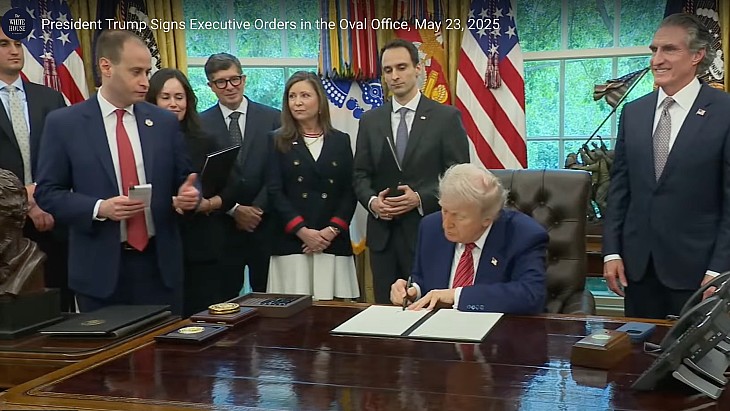



_50545.jpg)
_40405.jpg)
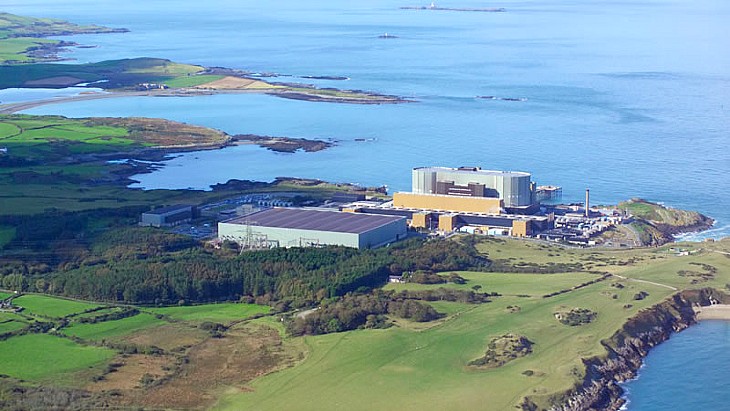

_76087_55556.jpg)
